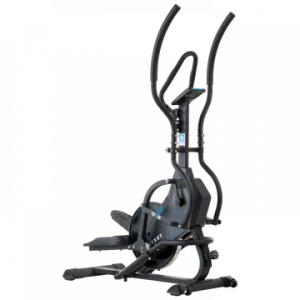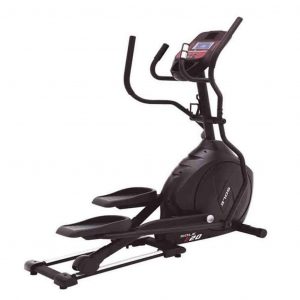Características del Producto
| Peso | 30 kg |
|---|---|
| Dimensiones | 136 × 69 × 154 cm |
$2.359.483 Original price was: $2.359.483.$1.769.612Current price is: $1.769.612. IVA
Elípticas Sportfitness ideal para tu entrenamiento cardiovascular. Algunos de los beneficios de las maquinas elípticas es la ausencia de impacto en las articulaciones, fortalecimiento de músculos, quema de calorías y prevención de enfermedades. La Elíptica Norwich Sportfitness tiene la ventaja de tener 15 niveles de resistencia para una gran variedad de entrenamientos.
| Peso | 30 kg |
|---|---|
| Dimensiones | 136 × 69 × 154 cm |



Debes acceder para publicar una reseña.



Calificación
No hay Calificación aún.